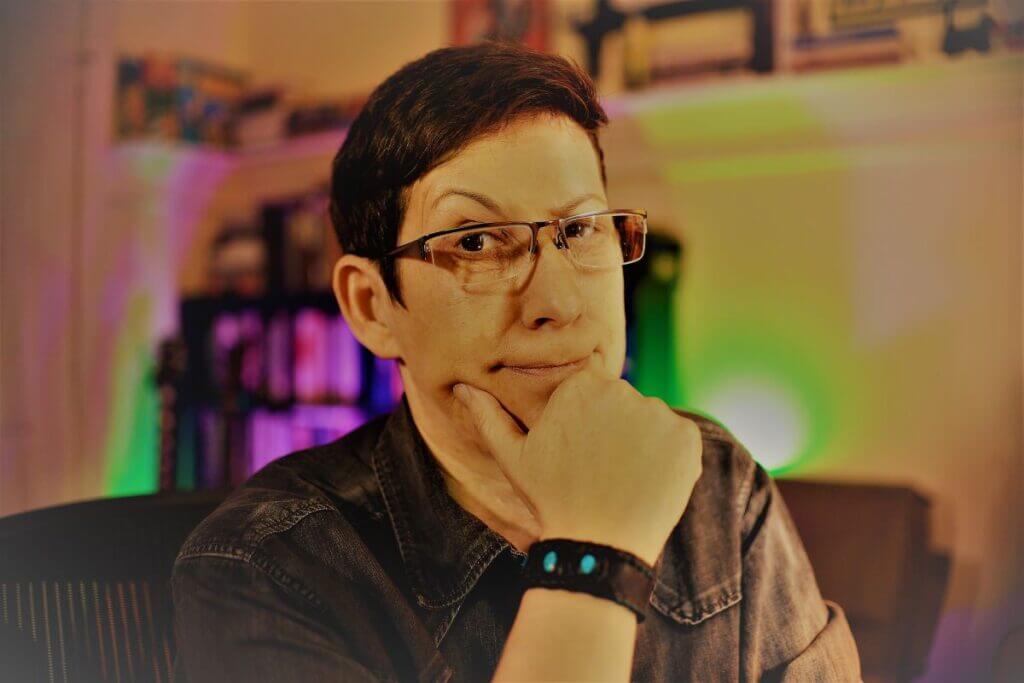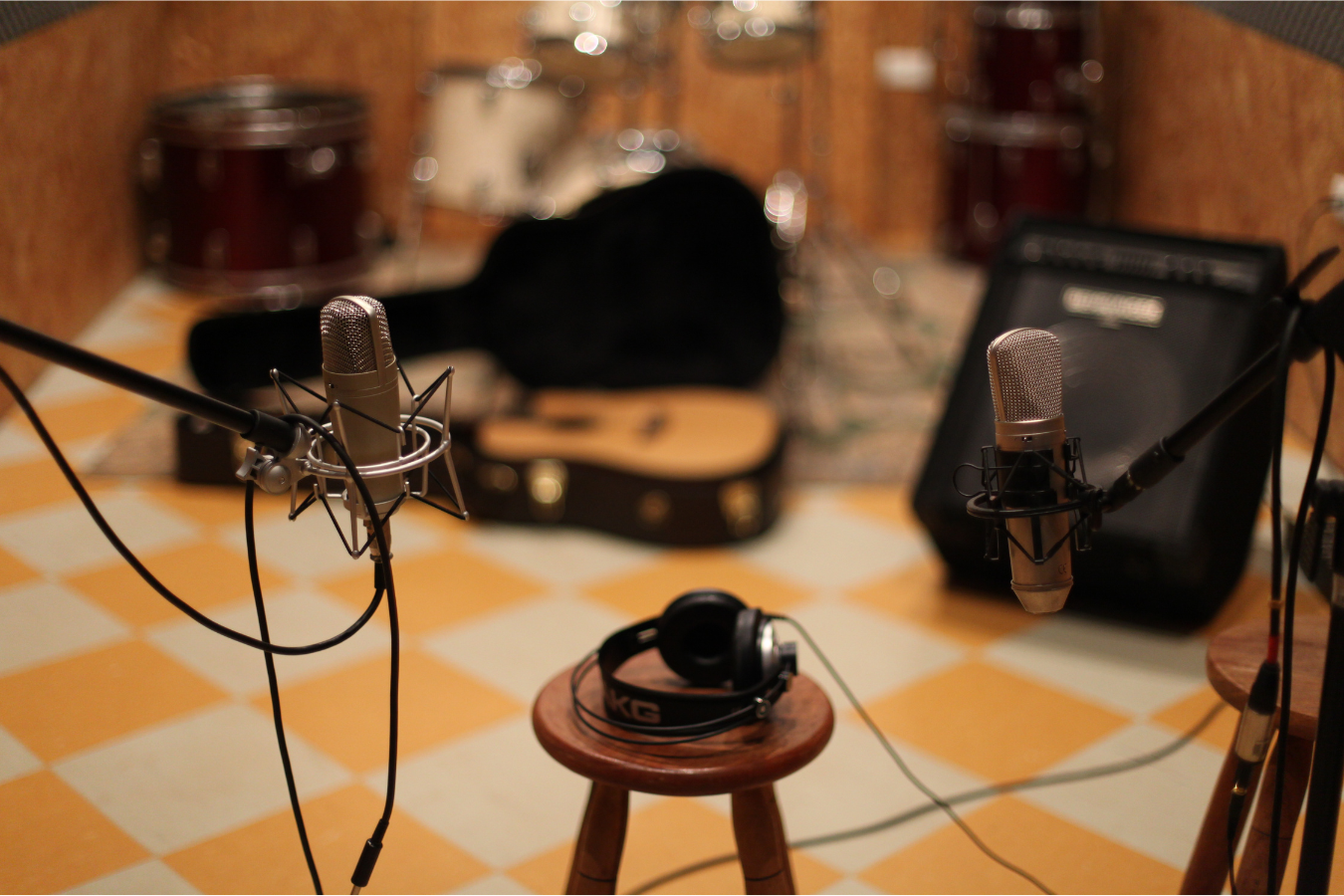Songwriting success?
“Your own voice is the voice
that carries you through life the best.“
— Nanci Griffith

Start your journey with these simple tools – and write your first song today.
Sometimes starting is the hardest part. We’ll make it easy with step-by-step worksheets and explanations to help you complete your first song. And, it won’t take forever! Have a weekend?
Everything You Need To Start & Grow
The Basics
For a beginner or novice, this is the place to start. Everything from the different parts of a song explained to structure to creating your music. All made easy.
Create Melodies Easily
Not a great melody writer? That’s OK! We’ve got some simple ways to help you write song melodies and music that don’t all sound the same. Yes – really!
Song Structure
We’ll take a deep dive into song structure, highlight some unique applications of “the rules” and provide song exercises to help you grow.
Advanced Lyrics
Learn advanced songwriting techniques for your lyrics. We’ll cover figurative language, imagery, metaphors, similes, personification, repetition and more.
The Music
The Nashville number system, chord progressions, how to create musical bridges, partial capos to create variety all make creating music easier.

Having a hard time getting started? We’ve got prompts and simple exercises to help you grow your skills and get off the blank page!

There’s nothing worse than lyric sheets all of the place and no idea where the great song you just wrote went. We’ve got a system!
Want some video love? We’ve got great tips and a 2 hour song build!
SC Songs Analyzed Playlist
Any of the songs we take a deep dive on are conveniently located on a YouTube playlist just in case you every want to take a listen outside of noodling on songwriting!
How To Write A Song – Yes You!
Everything you need to get started from the first step to a finished song.
Songwriters
Level up your songs and creativity by using these pro techniques.
Songwriters
Grow into recording, performing and selling your songs.
Start your songwriting journey today!
Enhance your songwriting skills
